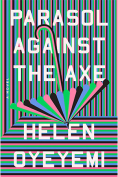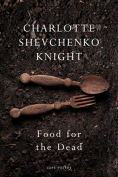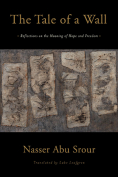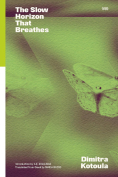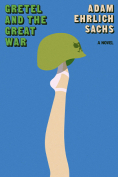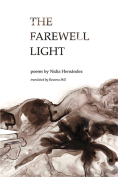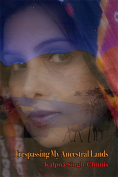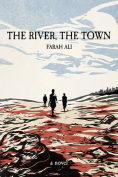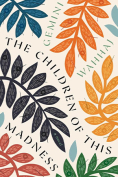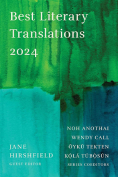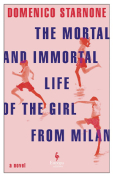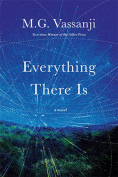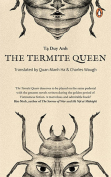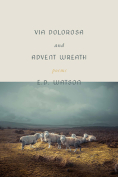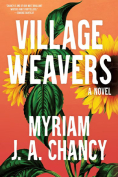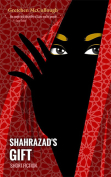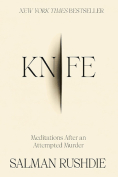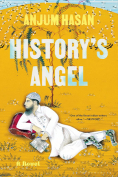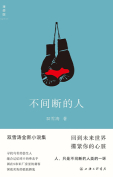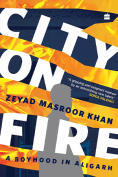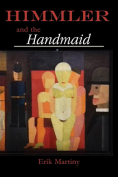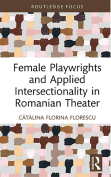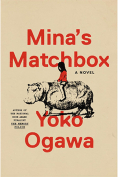City on Fire: A Boyhood in Aligarh by Zeyad Masroor Khan
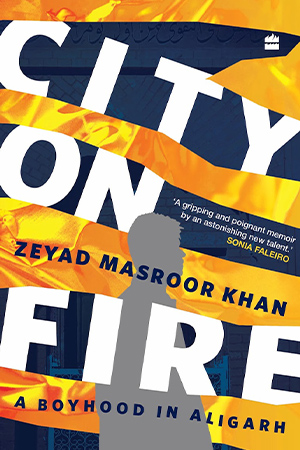 New York. HarperCollins. 2023. 312 pages.
New York. HarperCollins. 2023. 312 pages.
City on Fire is an account of the journalist-author’s formative years in the ghetto of a famous university town in Uttar Pradesh (India’s most populous province) and tackles religious sectarianism in today’s India. It joins a slew of nonfiction writing in recent years from Indian Muslim writers marking time on their and their community’s journey, particularly during the tenure of Narendra Modi as prime minister over the last ten years. For Indian Muslims, these years have been marked by mob lynchings, riots, and legislation that have pushed them to the societal fringes of India. Khan shows repeatedly how interreligious tension in India well predates Modi’s leadership or the rule of his Hindu right-wing Bharatiya Janata Party. However, they have worsened under Modi’s watch.
Indian Hindu/Muslim relations are invariably unpredictable. In one instance, as a child, Khan and his fellow Muslim students and teachers narrowly escape an attack on their school bus by a Hindu mob. There is news of a riot breaking through parts of Aligarh as a Hindu cortège is allegedly disallowed from passing through a Muslim graveyard to get to their cremation area. Schoolboy Khan, his two teachers, and other classmates on the bus are saved only because their Hindu bus driver uses all his might to block the bus door that mob members want to prise open. While the bus is stalled, one Hindu boy of Khan’s age, a shopkeeper’s grandson, recognizes him and exhorts the mob to take the bus down, screaming he knows Khan and that he is a Muslim. Khan and his family have bought groceries from that boy’s shop occasionally over many years. Khan is shocked, but after some time, owing to the bus driver’s Atlas-like resilience and pleas, the bus is allowed to go.
A month passes, things cool down. Khan plucks up the courage to patronize the same shop in the Hindu area of Aligarh since their wares are better than in Muslim-owned stores. He sees the boy, and they look into each other’s eyes. He gives him a slip with items, and the boy examines it and totals the rate. He gives him the money and gets the goods. The shopkeeper’s father inquires about Khan’s father. They exchange pleasantries. “In Aligarh, everything was back to normal,” writes Khan. “Until the next time.”
This book demolishes stereotypes about Indian Muslims. It departs from unrelenting Hindu supremacist image-making propelled by their amplifiers on social media and breaks free from the conversion-obsessed, jihad-addled, overly polygamous, militant-Muslim male archetype at the snap of a finger. The understated voice of the narrator helps readers access unsettling recollections of life in Aligarh. But these, too, are leavened by nuggets of happiness. Deploying such an approach, Khan delivers thick-description-like accounts of Aligarh’s Upar Kot ghetto (comically nicknamed the “UK”) from which he comes. Khan lets us in on local secrets, wherein he admits that in Aligarh “everyone is a storyteller” and that “everyone exaggerates a little.” Later we understand why embellishing reality is part of Aligarh’s personality. As we read, we see, lo and behold, Indian Muslims behaving like human beings, a mix of good, bad, evil.
It’s a tragedy of today’s India that one must tell large sections of its Hindus that Indian Muslims are human beings, too, which is the unstated mantra of this book.
Rahul Jayaram
Bangalore
